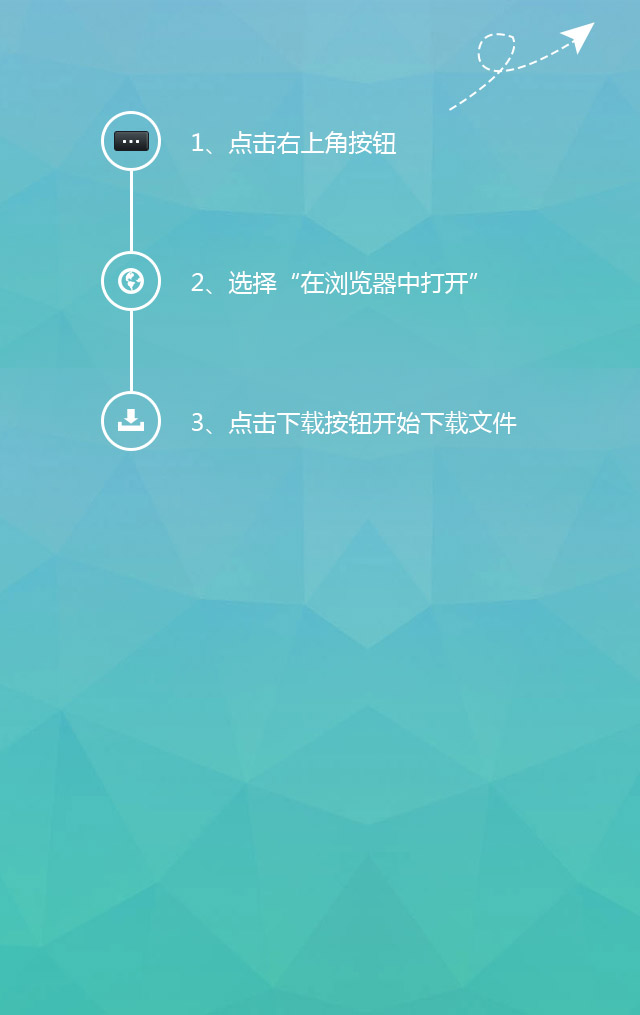How to deregistration of a WFOE Company in China?
A practical roadmap for foreign investors to cancel WFOE in China
1. Make the decision and prepare internally
• Pass a shareholder resolution approving the dissolution and appoint at least three people to form a liquidation committee (usually one member should be China-based) .
• Draft an internal liquidation plan covering employee dismissal, asset disposal, lease termination and creditor repayment.
2. Notify the authorities and the public
• File the shareholder resolution and liquidation-committee list with the State Administration for Market Regulation (SAMR).
• Publish a closure announcement in a provincial or national newspaper (or on the National Enterprise Credit Information Publicity System if your city accepts an online notice). Creditors then have 45 days to submit claims .
3. Liquidate assets and settle liabilities
• Sell or transfer company assets, pay liquidation expenses first, then employee wages & social-insurance arrears, unpaid taxes, and finally other creditors .
• Prepare a liquidation report and inventory of assets; have the report signed by all committee members and approved by the shareholders.
4. Tax de-registration (often the longest step)
• Request a pre-check on the “e-tax” system to obtain the “Notification of Pending Tax Matters”.
• File liquidation tax returns for the past three years, return any unused VAT invoices and fiscal devices, and settle all outstanding taxes, late fees and fines .
• Commission a CPA liquidation audit if the WFOE operated for more than one year.
• After review, the tax bureau issues a “Tax Clearance Certificate”.
5. Cancel business licence and statutory certificates
• Submit the liquidation report, tax-clearance certificate, SAMR filing form and original business licence (both copies) to SAMR.
• SAMR will issue a “Notice of Approval of Cancellation” within 20–30 working days .
6. Close remaining government registrations (if applicable)
• Customs – return the Customs Registration Certificate together with an application letter and company chop .
• State Administration of Foreign Exchange (SAFE) – apply through the bank that opened the RMB basic account; provide the SAFE registration certificate and liquidation report .
• Social insurance and housing-fund bureaus – present the SAMR cancellation notice.
• Other permits (food licence, import/export quota, etc.).
7. Bank account closure and capital repatriation
• Close the capital account first (transfer balance to the shareholder's overseas account).
• Close the general RMB account and any supplementary accounts.
• Finally close the RMB basic account and withdraw or transfer the remaining funds. Retain bank closure statements for the SAFE record.
8. Seal destruction and record-filing
• Hand the company chops to the local Public Security Bureau or an authorised destruction company and obtain a destruction receipt.
Typical timeline and cost
• Simple cases: 4–6 months. Complex cases with tax disputes: 8–12 months.
• Professional fees will include CPA audit, legal counsel, local publication, agent service charges
Need assistance?
Gomax International Service Center has guided hundreds of foreign enterpreneurs.
Contact our dedicated team at marketing@gomaxgroup.com for assessment for your WFOE and work out a tailored timeline, checklist and quotation.
推荐
-

-

QQ空间
-

新浪微博
-

人人网
-

豆瓣











